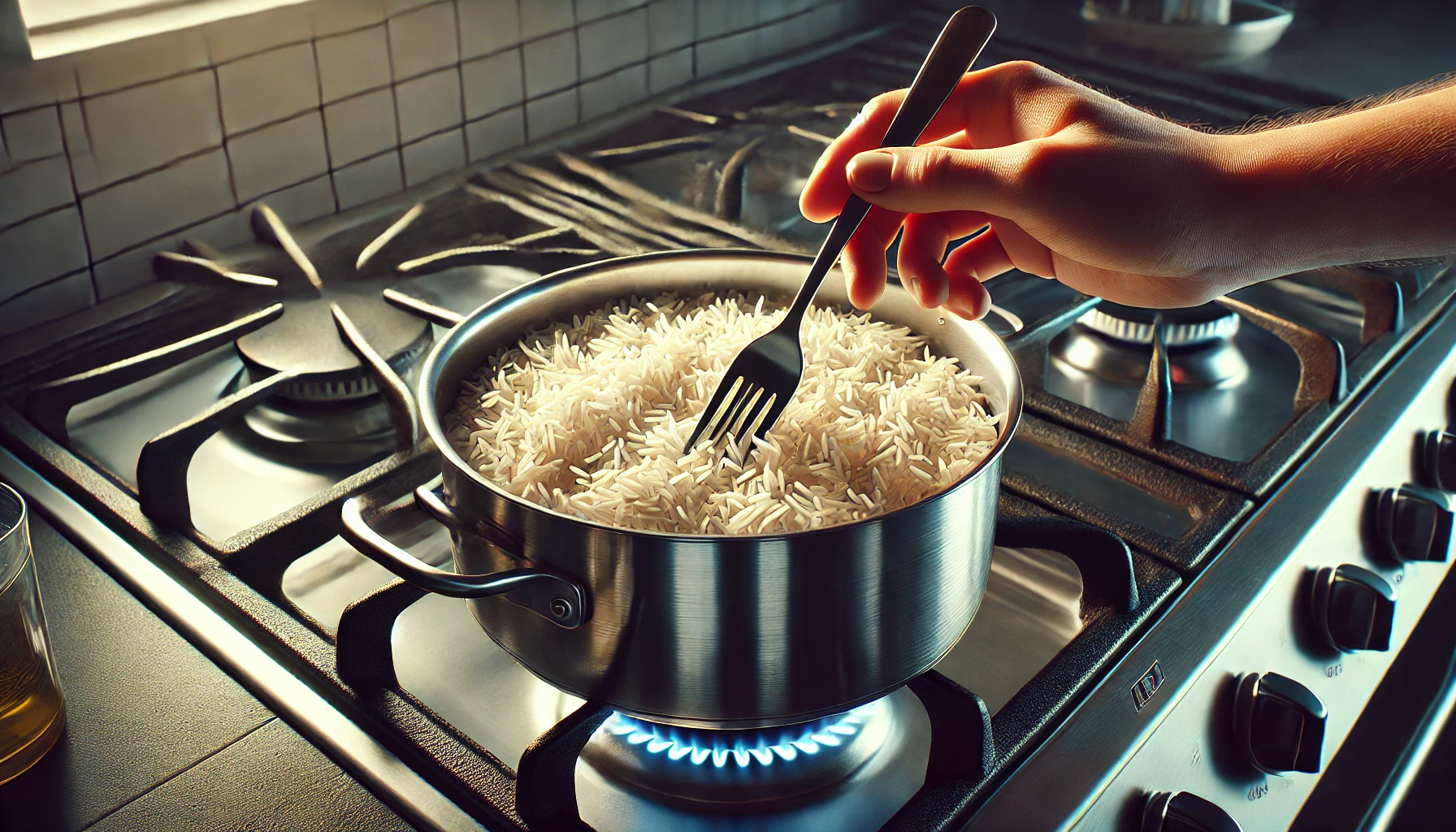Check out this answer from Consensus:
Cooking rice is a straightforward process that can be mastered with a few simple steps. Whether you are preparing white, brown, or specialty rice, following these guidelines will help you achieve perfect results every time. Advanced techniques like cooling and stir-frying can be used to enhance the texture and flavor without altering the nutritional value.
Cooking rice is a fundamental skill in many cuisines around the world. This guide will walk you through the essential steps to cook perfect rice every time, based on scientific research and culinary best practices.
Types of Rice
Different types of rice require slightly different cooking methods. Here are the most common types:
- White Rice: This is the most common type of rice, often used in everyday meals.
- Brown Rice: This type retains its bran and germ, making it more nutritious but also requiring a longer cooking time.
- Basmati and Jasmine Rice: These are long-grain varieties known for their fragrant aroma and fluffy texture.
- Sticky Rice: Often used in Asian cuisines, this rice is known for its sticky texture when cooked.
Basic Cooking Method
Ingredients:
- 1 cup of rice
- 2 cups of water
- A pinch of salt (optional)
Instructions:
- Rinse the Rice: Place the rice in a fine-mesh strainer and rinse under cold water until the water runs clear. This removes excess starch and prevents the rice from becoming too sticky.
- Boil the Water: In a medium saucepan, bring 2 cups of water to a boil. Add a pinch of salt if desired.
- Add the Rice: Once the water is boiling, add the rinsed rice to the saucepan.
- Simmer: Reduce the heat to low, cover the saucepan with a lid, and let it simmer. White rice typically takes about 18-20 minutes, while brown rice can take 40-45 minutes.
- Rest: Once the rice is cooked, remove the saucepan from the heat and let it sit, covered, for 5-10 minutes. This allows the rice to finish steaming and results in a fluffier texture.
- Fluff and Serve: Use a fork to fluff the rice before serving.
Advanced Techniques
Cooling and Stir-Frying
Research indicates that cooling cooked rice overnight or stir-frying it does not significantly affect its glycemic index or starch digestibility1. Therefore, these methods can be used to alter the texture and flavor of the rice without impacting its nutritional properties.
Genetic Factors
Studies have shown that genetic variations in starch-digesting enzymes do not significantly affect the glycemic index or carbohydrate digestibility of cooked rice1. This means that the basic cooking method remains effective regardless of individual genetic differences.
